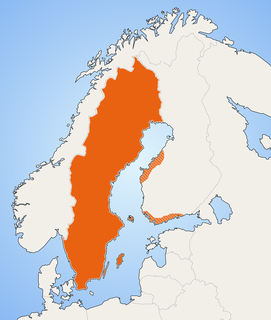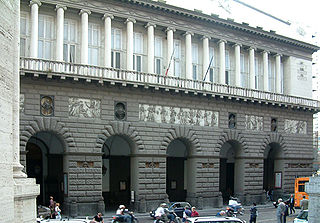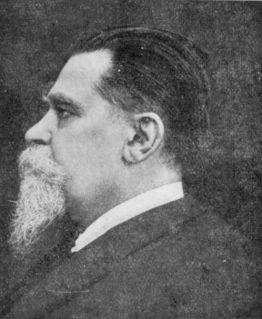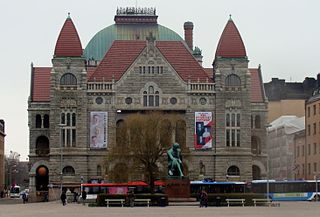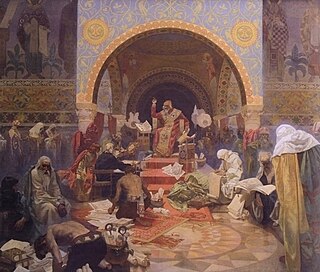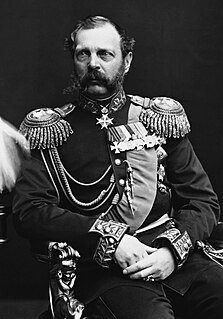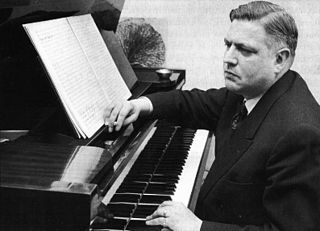
Opera Australia is the principal opera company in Australia. Based in Sydney, its performance season at the Sydney Opera House accompanied by the Opera Australia Orchestra runs for approximately eight months of the year, with the remainder of its time spent in the Arts Centre Melbourne, where it is accompanied by Orchestra Victoria. In 2004, the company gave 226 performances in its subscription seasons in Sydney and Melbourne, attended by more than 294,000 people.

The Metropolitan Opera is an opera company based in New York City, resident at the Metropolitan Opera House at the Lincoln Center for the Performing Arts. The company is operated by the non-profit Metropolitan Opera Association, with Peter Gelb as general manager. As of 2018, the company's current music director is Yannick Nézet-Séguin.
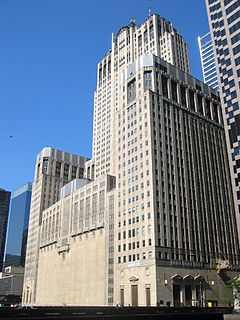
Lyric Opera of Chicago is one of the leading opera companies in the United States. It was founded in Chicago in 1954, under the name 'Lyric Theatre of Chicago' by Carol Fox, Nicolà Rescigno and Lawrence Kelly, with a season that included Maria Callas's American debut in Norma. The company was re-organized by Fox in 1956 under its present name and, after her 1981 departure, it has continued to be of one of the major opera companies in the United States. The Lyric is housed in the Civic Opera Building, which the company now owns.
Muhai Tang is a Chinese conductor. He is the youngest son of celebrated Chinese film director Tang Xiaodan and brother of painter and poet Tang Muli.

The Opéra Bastille is a modern opera house in Paris, France. Inaugurated in 1989 as part of President François Mitterrand’s “Grands Travaux”, it became the main facility of the Paris National Opera, France's principal opera company, alongside the older Palais Garnier; most opera performances are shown at the Bastille along with some ballet performances and symphony concerts, while Palais Garnier presents a mix of opera and ballet performances.

The Real Teatro di San Carlo, its original name under the Bourbon monarchy but known today as simply the Teatro di San Carlo, is an opera house in Naples, Italy. It is located adjacent to the central Piazza del Plebiscito, and connected to the Royal Palace.

One of the top international ballet companies, The National Ballet of Canada was founded in 1951 by Celia Franca. A company of 70 dancers with its own orchestra, the National Ballet has been led by Artistc Director Karen Kain, one of the greatest ballerinas of her generation, since 2005. Renowned for its diverse repertoire, the company performs traditional full-length classics, embraces contemporary work and encourages the creation of new ballets as well as the development of Canadian choreographers. The company’s repertoire includes works by Sir Frederick Ashton, George Balanchine, John Cranko, Rudolf Nureyev, John Neumeier, William Forsythe, James Kudelka, Wayne McGregor, Alexei Ratmansky, Crystal Pite, Christopher Wheeldon, Aszure Barton, Guillaume Côté and Robert Binet. The National Ballet tours in Canada, the US and internationally with appearances in Paris, London, Moscow and St. Petersburg, Hamburg, New York City, Washington, D.C., Los Angeles, and San Francisco.

The Mariinsky Theatre is a historic theatre of opera and ballet in Saint Petersburg, Russia. Opened in 1860, it became the preeminent music theatre of late 19th-century Russia, where many of the stage masterpieces of Tchaikovsky, Mussorgsky, and Rimsky-Korsakov received their premieres. Through most of the Soviet era, it was known as the Kirov Theatre. Today, the Mariinsky Theatre is home to the Mariinsky Ballet, Mariinsky Opera and Mariinsky Orchestra. Since Yuri Temirkanov's retirement in 1988, the conductor Valery Gergiev has served as the theatre's general director.

The Sibelius Academy is part of the University of the Arts Helsinki and a university-level music school which operates in Helsinki and Kuopio, Finland. It also has an adult education centre in Järvenpää and a training centre in Seinäjoki. The Academy is the only music university in Finland. It is among the biggest European music universities with roughly 1,700 enrolled students.

The Indiana University Jacobs School of Music in Bloomington, Indiana, is a music conservatory established in 1921. Until 2005, it was known as the Indiana University School of Music. It has more than 1,600 students, approximately half of whom are undergraduates, with the second largest enrollment of all music schools accredited by the National Association of Schools of Music.

Mikko Franck is a Finnish conductor and violinist.

Teatro Real or simply El Real, as it is known colloquially, is a major opera house located in Madrid. Founded in 1818 and inaugurated on 19 November 1850, it closed in 1925 and reopened in 1966. Beginning in 1988 it underwent major refurbishing and renovation works and finally reopened in 1997 with a capacity of 1,746 seats. Today the Teatro Real opera is one of the great theaters of Europe hosting large productions involving leading international figures in opera singing, musical direction, stage direction and dance. The theater offers visitors guided tours in several languages, including the auditorium, stage, workshops and rehearsal rooms.

The State Opera, is an opera house in Prague, Czech Republic. It is part of the National Theatre of the Czech Republic, founded by Ministry of Culture of the Czech Republic in 1992. The theatre itself originally opened in 1888 as the New German Theatre and from 1949 to 1989 it was known as the Smetana Theatre. More recently it was renamed the Prague State Opera. Currently it is home to approximately 300 performances a year.

Lilli Katriina Paasikivi-Ilves is a Finnish mezzo-soprano. She has been the artistic director of the Finnish National Opera since 1 August 2013.

Alexander Theatre is a Finnish theatre in the city of Helsinki at Bulevardi 23-27, also known as Russian Theater.
Finnish National Ballet is a professional ballet company at the Finnish National Opera, in Helsinki, Finland. The company was founded in 1922 and it currently employs 73 dancers. It is the only Finnish company that regularly performs a classical ballet repertoire. The current director Kenneth Greve started with the company in 2008, after Dinna Bjørn (2001–2008) and Jorma Uotinen (1992–2001).

The Ljubljana Slovene National Theatre Opera and Ballet, or shortly Ljubljana SNG Opera and Ballet, is Slovenia's national opera and ballet company. Its seat is the Ljubljana Opera House at 1 Župančič Street in Ljubljana. The Ljubljana Slovene National Theatre Opera and Ballet was founded in 1918. It is now a subsection of the Slovene National Drama Theatre in Ljubljana (Slovensko narodno gledališče and has about 50 dancers. Since 2013, its director has been the lawyer Peter Sotošek Štular, and its artistic director the opera stage director Rocc.
Tero Saarinen Company is a dance group founded in 1996 by its Director, the Finnish dance artist and choreographer Tero Saarinen. The group's repertoire consists mainly of choreographies by Saarinen. The Company is based in Helsinki, although it mainly performs abroad. The group's rehearsal space and office are in the Alexander Theatre, where it also performs some of its small to midscale works.
Jutta Seppinen, MMus, born 1976, is a Finnish conductor and mezzo-soprano.

